water temp and boost gauge combined
Water temp gauge and boost gauge are very important automotive instruments, so they seem to play an important role. We have water temp and boost gauge combined gauge. After all, the engine is the heart of the car, and a problem will affect the performance and power of the car.
The engine is lubricated by oil, and the oil is supplied by the oil pump. Of course, there is an oil pressure. However, the higher the engine speed and load, the higher the oil pressure will be. When the engine temperature is insufficient or other problems occur, the oil pressure will be too low.
On performance vehicles, the oil pressure gauge mainly detects excessive oil pressure. In the fierce driving of the car owner, the oil pressure will soar with the high load operation of the engine. If this happens for a long time, excessive oil pressure may cause the oil film to peel off, leading to engine damage. The oil pressure gauge can play a role at this time. Some products can even directly intervene to control the engine output to protect the machine. The boost gauge is the turbocharger gauge, which is generally used to indicate the pressure value that the current engine is subjected to. The pointer on the dial indicates the pressure value of the current intake air. When reading, the psi and bar will change, with 1bar=14.5psi and 20psi=1.37bar. The pressure value of the boost gauge changes very quickly. When you step on the accelerator deeply, it is the highest. When you release the accelerator, it will automatically relieve the pressure, so the pointer swings greatly.
Generally, cars have T or Turbo (such as 2.0T) in the rear. See if there is a turbine component and a mushroom head in the engine compartment. Check whether there is a tachometer above the center console in the car. When driving, listen to whether the car makes a "faint" turbine deflation sound after accelerating and reducing fuel consumption . If so, it can be basically determined that this is a turbocharged car .
Some cars will directly use supercharging and turbocharging to do work. Supercharging at low speed can greatly increase the torque of the car, but it will consume a certain amount of kinetic energy. Once the speed is up, the torque increase brought by turbocharging can offset the power loss of turbocharging.
 English
English 

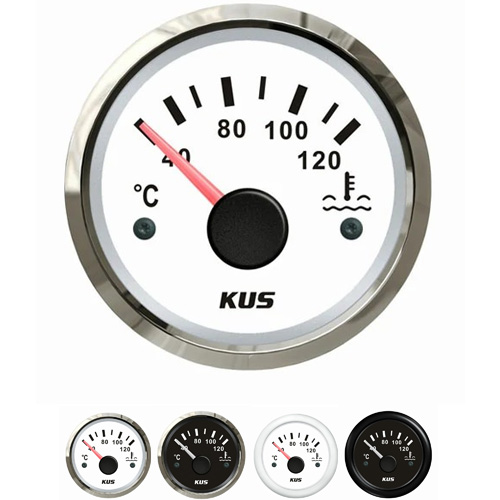
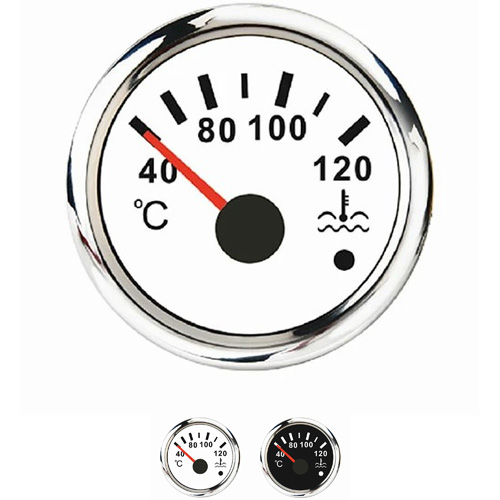
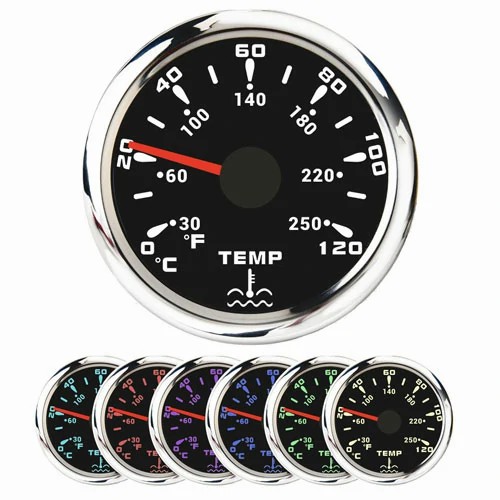
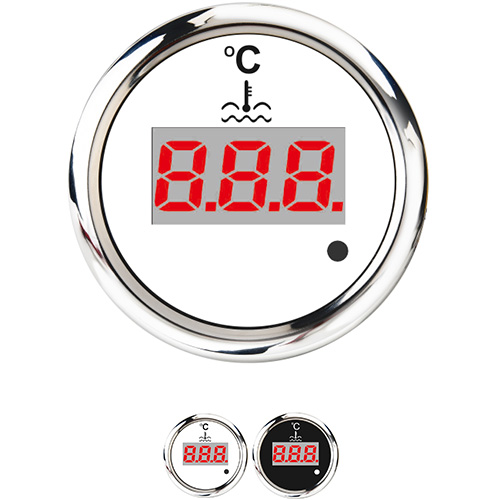
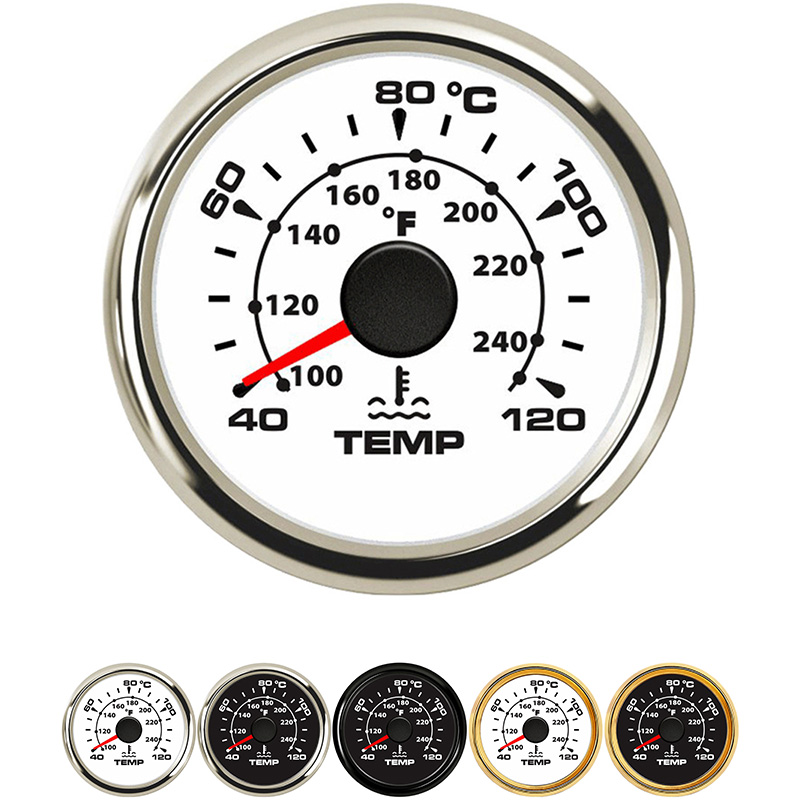
Get a Quote / Info